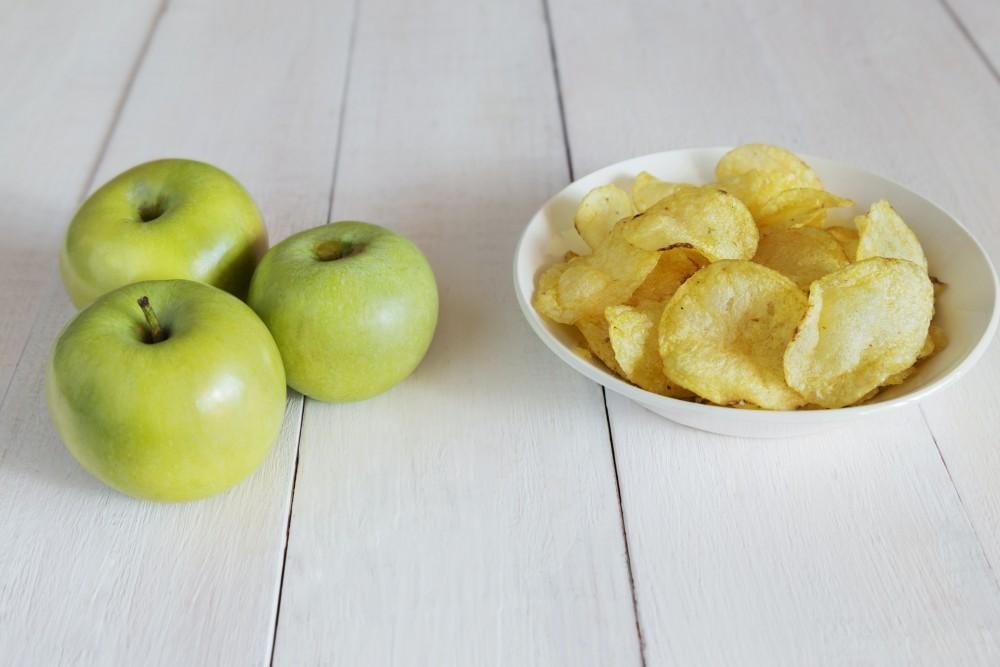How Does Consuming Ultra-Processed Food Affect Type 2 Diabetes?
— By Dawn M. Sweet, Ph.D
Reducing ultra-processed foods and choosing minimally processed foods can mitigate dietary risks associated with metabolic disorders.
Ultra-processed food has been linked to insulin resistance, unhealthy BMI, and a clinically increased risk of developing type-2 diabetes. They have also been linked to all-cause mortality as well as increased risk of cancer, and cardiovascular disease. Despite the health risks associated with ultra-processed foods, why do so many of us continue to gamble with our health?
Because ultra-processed food is high in saturated fat, sugar, and salt, they are perceived to be more palatable than healthier options and thus considered to be a key driver of unhealthy weight and diabetes. The availability, convenience, and low cost of ultra-processed food seem to offset their poor nutritional value and strengthen their appeal, despite the associated health risks. Understanding the differences in how our food is classified along the “processing continuum” can aid health care professionals who provide care for patients with obesity. While eliminating ultra-processed foods altogether may not be realistic for some, reducing consumption of them can help patients lead healthier lives while mitigating the negative health risks.
Negative Health Consequences of Ultra-Processed Food
A 2020 observational prospective study of 104,707 participants (n = 21,800 men; n = 82,907 women) found that those who consumed higher proportions of ultra-processed food had a 10 percent increment of type 2 diabetes risk. The absolute number of grams of ultra-processed food consumed each day was also associated with type 2 diabetes, even when the absolute amount of unprocessed/minimally processed grams of food was controlled for.
In another cohort study conducted between 2009-2017, 44,551 (n = 32,549 women; n = 12,002 men), completed three nonconsecutive web-based dietary entries every six months. The entries were self-reports of food and beverages consumed during 24-hour periods over the course of two weeks. The foods consumed were classified using the NOVA food classification system.
In this sample, ultra-processed food comprised 14.4 percent of the participants’ total food and beverage weight and 29.1 percent of total energy intake. Consuming ultra-processed food was associated with lower compliance to nutritional recommendations and a 10 percent increment in reduced fiber intake. During the time of the study, 602 participants died, including 219 cancer-related deaths and 34 cardiovascular-related deaths. After controlling for covariates such as age, smoking status, BMI, etc., consuming ultra-processed foods was shown to be positively correlated with all-cause mortality.
NOVA: The Food Processing Continuum
The NOVA classification system, developed in 2010, is the most widely used food classification system. NOVA classifies food along a “processing continuum,” using the degree to which food is processed and its processing purpose to inform each category in the continuum. The four categories are unprocessed/minimally processed foods (MPF), processed culinary ingredients (PCI), processed foods (PF), and ultra-processed foods (UPF).
MPF: Foods in this category are considered to be “fresh” or “whole” and are derived from plants or animals without any industrial processing. Foods in this category are not altered and do not contain added sugar, fat or salt. They are processed with simple techniques such as pasteurization, freezing, vacuum packaging. Examples of MPF include fresh, dry, or frozen vegetables, fruits, legumes, nuts, meats and seafood.
PCI: Foods in this category include fats, oils, sugars and salt. Processing techniques include pressing, extracting or refining. Their primary purpose is to help make food palatable.
PF: Foods in this category have added fats, sugars, salt and oil that help preserve food and make it more palatable. Preserving/processing techniques include canning, bottling or fermentation. Examples of PF include bread, cheese, pickled or cured meat, and vegetables and animal foods that have been preserved with brine, syrup or oil.
UPF: Foods in this category include industrialized ingredients and other substances that are derived from food, and they include additives. There is very little, if any, intact food. These food items are extruded and molded. Examples of these foods include fast food, cookies, candy, sugary drinks and sweetened cereal — all the palatable or hyperpalatable foods that have no nutritional value.
The NOVA food classification system makes it clear that ultra-processed foods should be minimized, if not avoided altogether. When working with patients with obesity, dietary changes are key to achieving weight loss and to maintaining a healthy weight. Clinicians should work with their patients to develop a diet plan and lifestyle changes that include minimally processed foods while including processed foods in smaller proportions. Significantly reducing or eliminating ultra-processed foods can reduce your patients’ risk of metabolic disease.
Sources:
Ultra-processed food consumption and type 2 diabetes incidence: A prospective cohort study
Relationship between ultra-processed food consumption and risk of diabetes mellitus: A mini-review
A new classification of foods based on the extent and purpose of their processing
Ultra-processed foods in Canada: Consumption, impact on diet quality and policy implications
*Robard, How Does Consuming Ultra-Processed Food Affect Type 2 Diabetes?, https://robard.com/blog/how-does-consuming-ultra-processed-food-affect-type-2-diabetes/?utm_source=Robard&utm_medium=Email&utm_campaign=Robardblogs2023&utm_c&mkt_tok=Nzk3LVpHVS0yNzkAAAGNMXtWaUjI8tRsCdZRtyITANVAk-tWw-p1nCl52GQGd840J_qGtUYfKNbuRGcCxjnyD3rz5qzIhH3HDmZSAcV2zby5ZrD_OQ21G4W5zGxZhA, Written by Dawn M. Sweet, Ph.D

